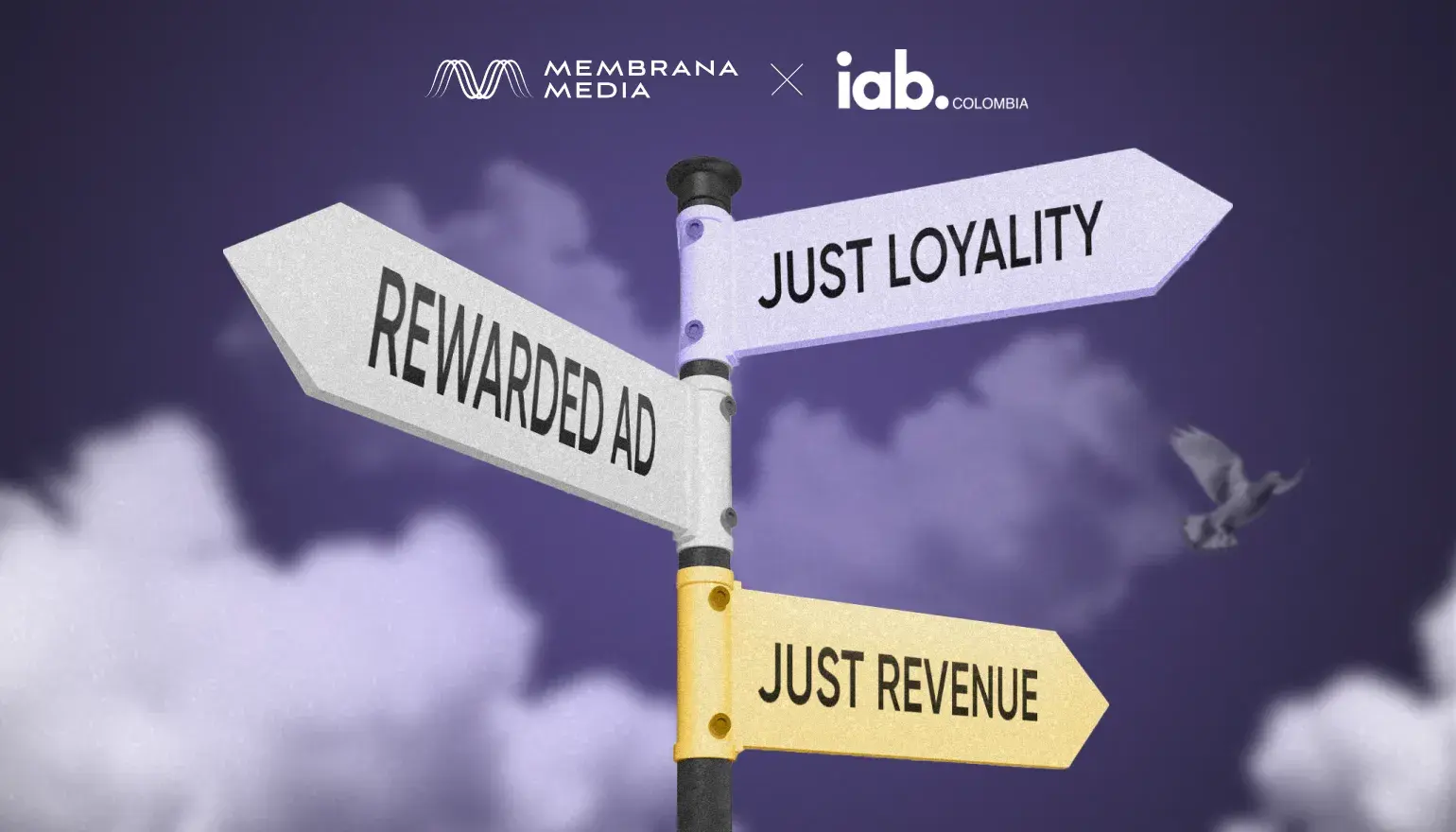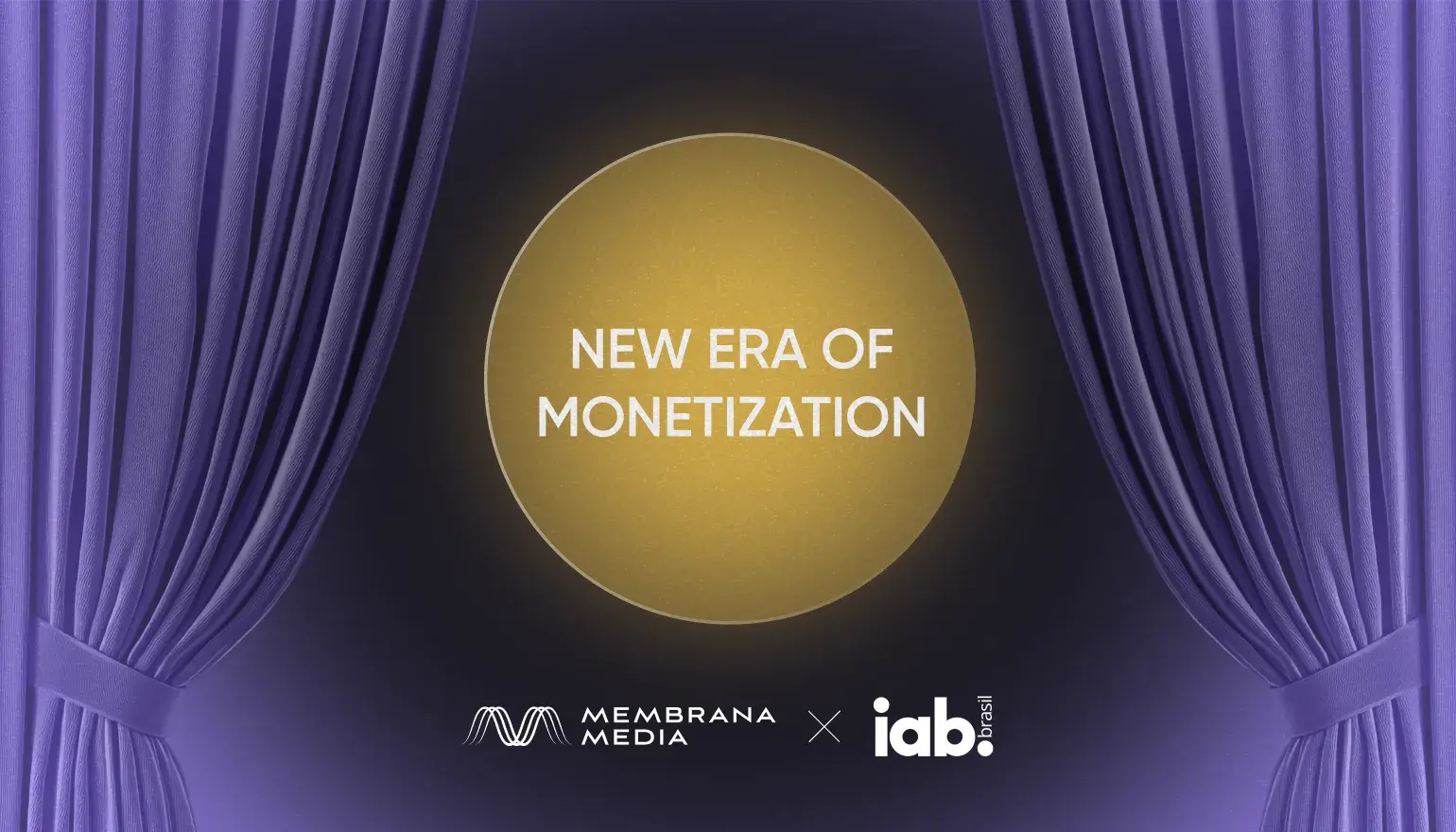.webp)
You open an article — and instead of the text, a message pops up: “Watch an ad to continue.” This is AdWall, a rewarded format that has become one of the most talked-about solutions on the web in recent years. Some call it a fair deal between the reader and the site; others — a disruptive overlay.
But behind that message lies a full advertising engine: powered by Google’s algorithms, real-time bidding, and manually configured filters. We took a closer look at how ads get into AdWall, who decides what’s shown to users — and why this format turns out to benefit everyone: publishers, advertisers, and even (surprisingly) audiences.
What Is AdWall and How It Differs from Regular Ads
AdWall is a rewarded format, inspired by mobile games and video apps. The concept is simple: users get access to content in exchange for watching an ad. It’s not a forced interruption — but a user’s conscious choice.
Unlike banners or autoplay video, here the user actively agrees to watch — and that’s what drives high engagement.
Technically, AdWall is an extension built on top of Google’s ad tech, with added logic for:
- when the ad appears (once a day, a week, or per session),
- how the interface looks (background, message, buttons),
- which categories or brands are eligible to show.
Membrana Media implements this logic over Google’s advertising algorithms, which handle buying, targeting, and delivery. This is not a standalone ad network, but an enhancement of Google’s existing ecosystem.
Rewarded vs. Regular Display Advertising: What’s the Difference
Rewarded advertising always requires a conscious action from the user. The viewer chooses to watch an ad and receives something in return — content access, a bonus, a feature, etc.
That’s a key difference from traditional banners, which are simply shown on the page regardless of user interest and often fall into banner blindness.
This model increases attention, engagement, and willingness to interact — which is why advertisers are ready to pay more. They don’t just get an impression — they get a truly engaged user.
How Ads Get Into AdWall
AdWall by Membrana Media works with premium demand from various DSPs, including Google. Ad campaigns come through Google Ads, Display & Video 360, and dozens of Google’s top partners — including big brands and small businesses using Performance Max or Display Network.
What makes this work so well is that Google sells most formats via CPC (cost-per-click). Advertisers only pay after a real user click.
AdWall fits into this perfectly: users first agree to watch, then click the “consent” button — all with full attention.
As a result, CTR reaches up to 16%, compared to just 0.1% for typical banners.
Why Advertisers Pay More
Here’s where the win-win kicks in. Advertisers don’t spend more — they just get more for the same budget: 160 clicks instead of one, all for the same CPC.
But publisher earnings actually grow: because of user engagement, AdWall delivers an average $12–13 CPM (and in some markets, $20+).
It’s not magic — just performance: the same $1 in ad spend works 10–15× better because the user is genuinely watching and interacting.
Membrana manages bid floors, ensuring only premium ads with decent payouts make it through — filtering out cheap or disruptive formats like teasers, clickbait, or anything that might hurt the user experience.
Bid floor — the minimum price advertisers must pay to win an ad slot. Anything below is automatically excluded.
This way, AdWall only shows ads that advertisers are willing to pay a premium for.
Who Controls Ad Quality
First level of control — Google. It moderates every creative, automatically or manually, checking for safety, policy compliance, and visual quality.
Second level — Membrana Media’s client support team. They filter ad categories based on publisher preferences.
If a site wants to block politics, finance, or certain brands — they’re added to a blocklist. Sensitive categories like alcohol, gambling, clickbait, or scammy content are also filtered. Creatives can be instantly blocked if complaints arise.
Publishers don’t manage this directly but can request ad removal at any time.
AdWall Is Not Shown to Everyone
The format doesn’t cover the whole site — usually, only about 10% of users see it. It’s not pushed to every second visitor.
Thanks to its experience across dozens of publishers, Membrana sets up custom logic for each site:
- how often to show the format,
- which audience segment to target,
- at what stage of the user journey.
All of this is adapted to the content type and the publisher’s specific preferences. The result is precise and subtle placement — maximizing revenue without compromising user experience.
It’s considered premium inventory: revenue from that 10% can match or even surpass that of the rest of the traffic, thanks to high ad value and strong conversions.
Why It’s Safe and Convenient
Compared to standard banners, rewarded formats trigger less user irritation.
Users make the choice — when and how to watch the ad.
In turn, the publisher gets:
- premium advertising with high CPM,
- category-level filtering control,
- minimal exposure (usually only 3–10% of traffic),
- full support and setup from Membrana tailored to each site.
This means a small portion of traffic can generate up to 2× more revenue than the rest of the site’s ad stack.
Why It Works
AdWall combines high monetization, a transparent user experience, and robust quality control. It doesn’t replace all ads — it serves as an additional revenue layer that activates only when needed.
The user gets clear terms. The publisher gains extra income and flexibility. The advertiser reaches an engaged, attentive audience.
All of this operates within Google’s trusted ecosystem — but with fine-tuned settings by Membrana.
If you want a metaphor: AdWall is like a Brabus built on Google. Same engine — just faster, more powerful, and with a bigger output.


